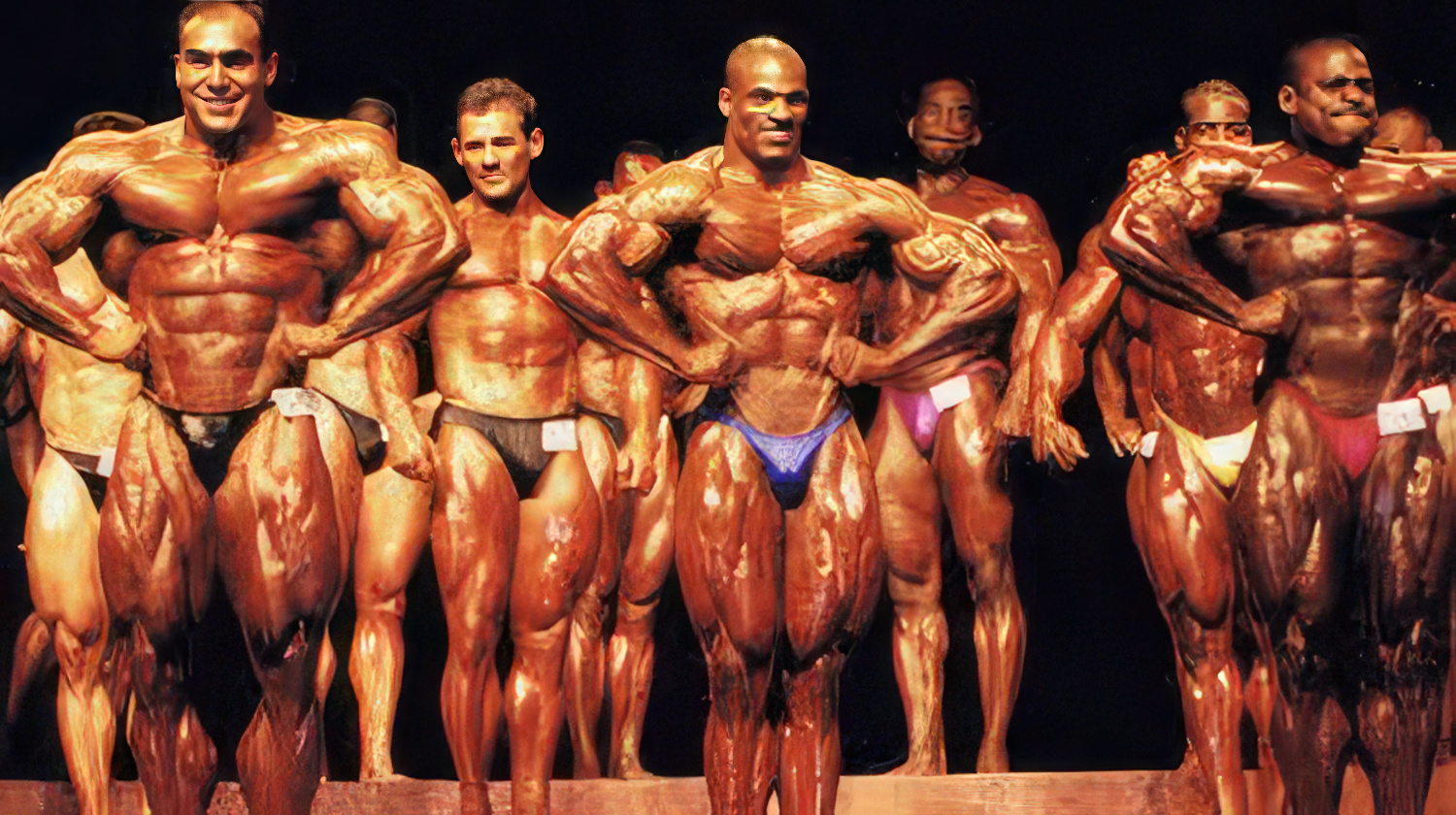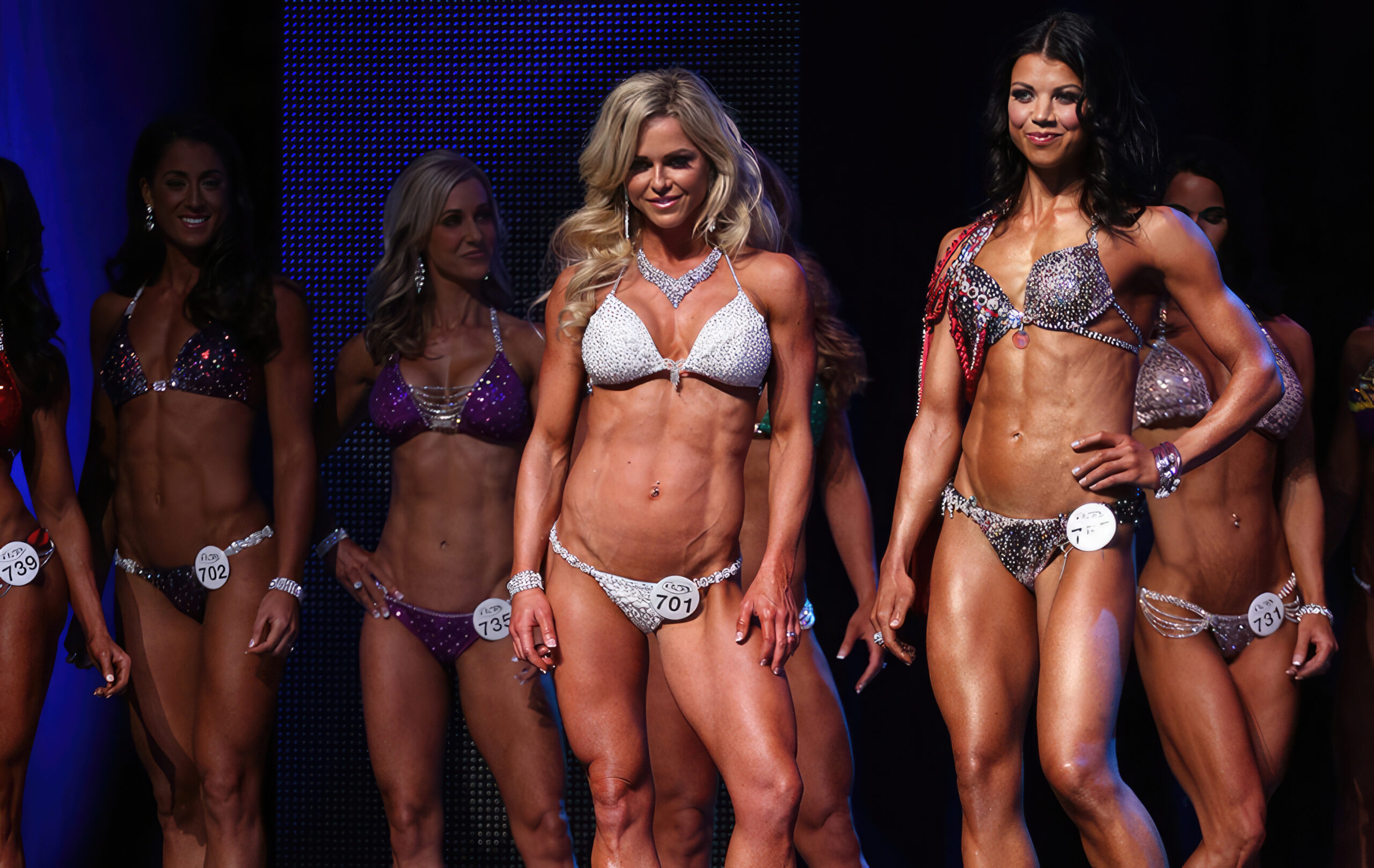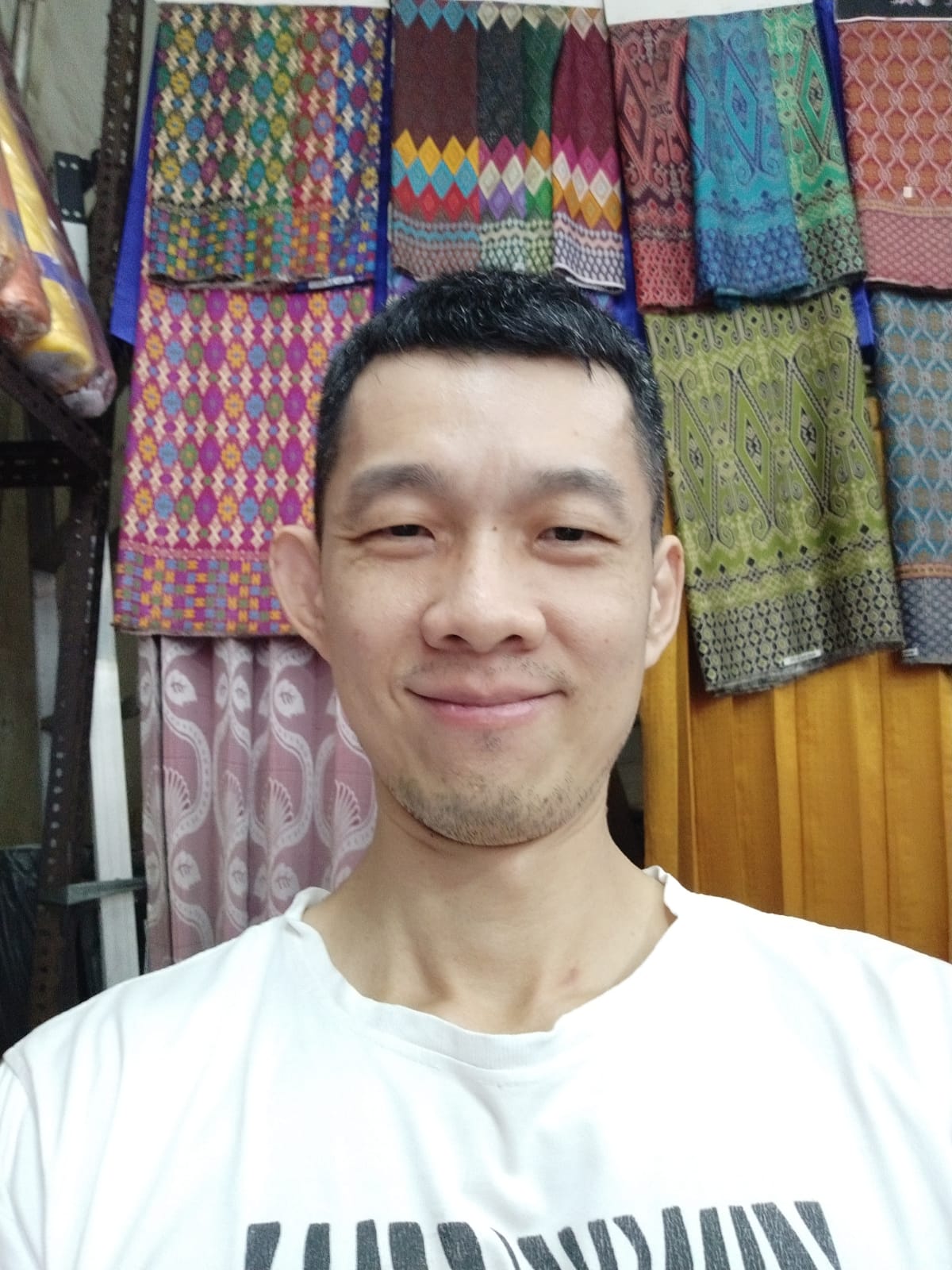Men and women posing on stage to find out who is the biggest and the best! There is no greater thrill…

There may come a time, after you have packed on some muscle, that you may wish to pit your physique against other bodybuilders in the sport of competitive bodybuilding. This is where all those hundreds and thousands of hours of hard work in the gym and months of dieting really pay off – the harder you’ve trained, the more disciplined with your nutrition and diet you’ve been, the better you will do. Competitive Bodybuilding is the truest measure of your success at bodybuilding and also one of the most thrilling aspects of bodybuilding.
What is Competitive Bodybuilding?
Essentially, competitive bodybuilding is where groups of men and women (often separated into different divisions according to weight, age or height) are compared to each other and judged by a panel of judges, who will ultimately decide each bodybuilder’s placing in the contest and who wins.
How you are judged

You are judged only on your physique; there is no strength, athletic or power activities to bodybuilding contests – it’s unique in all sports in this aspect and this does cause some debate over whether such an aesthetic type of competition (where how well you do is determined solely on how good a judge thinks you look) is actually a sport at all. Our answer to these critics is to invite them down to our gyms while we train for months and years at a time and then ask them whether the sport lacks any athletic aspect!
Judging Criteria
Judges examine all aspects of your physique, comparing you to your fellow competitors in different rounds of competition and in all manner of poses. They judge you on your size, your balance (whether all your muscles are equally well developed – say you have huge arms but small pecs then your balance would not be very good), your symmetry (how equally well developed each side of your body is compared to the other – i.e. whether your arms and legs are the same size as the other), your body fat levels (the more ripped the better), your posing (practice, practice, practice!), and your overall presentation (i.e. confident looking, standing semi-relaxed at all times, smooth complete and dark tan etc.). If there are any flaws to your physique or presentation and posing then this will negatively affect your rating by the judges and it are all these flaws that end up determining your overall placing in the competition. It truly is the best, wins.
Contest Format
Most Bodybuilding contests world-wide (more than 250 countries world-wide hold bodybuilding contests!), follow a fairly standard format consisting of four different rounds of judging:
Round 1: Group comparisons of the relaxed pose (standing relaxed by tensed), from four different angles (turn 90 degrees for each view – i.e. front, side, rear, other side). This round seeks to determine each bodybuilders symmetry and balance, and compare it to their competitor’s.
Round 2: Group comparisons of the mandatory poses (generally consisting of the Front Double Biceps, Front Lat Spread, Side Triceps, Side Chest, Rear Double Biceps, Rear Lat Spread and Abs and Thigh poses). This rounds aims to identify each bodybuilders overall size, body fat levels and presentation.
At this point some bodybuilders may be eliminated from the competition if there are many competitors in the category (having too many competitors take part in the next round may make the whole bodybuilding competition take too long for it to be viable and take place in one evening). Generally 16 or fewer competitors will get chance to take part in Round 3.
Round 3: Individual posing – where each bodybuilder gets to pose for 60 seconds or longer to a piece of music of their choice. This rounds aims to allow the bodybuilder to display his or her physique in its best possible way and to display their posing and presentation abilities / level. This is where a better poser can gain valuable points against their competitors.
At this point all but the final 5 to 7 bodybuilders are eliminated from the competition depending on how well they scored through the previous rounds.
Round 4: The pose down. The final 5 to 7 bodybuilders go through the relaxed poses and mandatory poses all lined up together before being given 60 seconds or longer in a free-for-all pose down, where all the finalists get to go up against each other and trade their best poses with each other. This is often a critical round, where places are decided between competitors with close scores. It’s often the most fun part of the contest too, where the competitors get to have a bit of fun with each other.
Once things have settled down after the often manic pose down the placings are then called out in reverse order until only two bodybuilders are left on stage. One of these two bodybuilders will have the glory of being the winner! The second place winner is called, allowing the winner the glory of being the final competitor left on stage, and given a rousing reception by the audience. Imagine the buzz of being crowned the biggest and best on stage…. 🙂
Amateur and Professional Bodybuilding
As with most sports there are amateur and professional bodybuilding sporting bodies. In many countries there are several amateur federations but the professional federations are generally international, with the winners of their affiliated amateur federations joining their ranks as professionals.
One of the most popular professional federations is the IFBB – International Federation of Bodybuilders. This organization has almost three hundred affiliated amateur organizations joined with it around the world and is the biggest, most thriving professional federation in the world. The biggest and best bodybuilders are members of it, and you can find many of these pro’s illustrating most of the world’s bodybuilding magazines. Big named pros such as Ronnie Coleman, Lee Priest and Dorian Yates and even Hollywood film star and now governor of California Arnold Schwarzenegger are or have been IFBB pro bodybuilders.
The requirements required to become a professional bodybuilder vary according to the country you live in. In general, you can either win a weight class at your country’s affiliated amateur national championships (which you’ll have qualified for by placing top 1 – 3 in a weight class at a regional contest) or you can qualify by winning a weight class at the affiliated amateur world championships for your chosen professional federation.
Once you have become a professional (which very few people manage) you are then eligible to compete in that federation’s professional bodybuilding contests for prize money (no prize money is awarded in amateur contests). The biggest professional competition in the world is the IFBB’s Mr. Olympia contest, which requires qualification from placing top 1 – 5 in the IFBB’s other contests that year. Arnold Schwarzenegger won the Mr. Olympia seven times, and is still judged to be the best bodybuilder to have ever lived by many people. Arnie used bodybuilding as a spring board into acting and he wouldn’t be where he is today without bodybuilding and the IFBB.
Conclusion
Competitive bodybuilding is a vital part to the culture of bodybuilding and can serve as a great motivational factor to any bodybuilder’s long term progression, whether you follow it as a spectator or as an actual competitor. In fact, many huge bodybuilders only really started to properly pile the muscle on after they began competing – the thrill of the stage and the desire to beat the other competitors can really spur you on to greatness.
If you can pop down to a local amateur bodybuilding contest next time one is on and you may find you train like an animal after you’ve been – you might even become so motivated by seeing the success of the competitors that leave the show early to get to a gym!!

Guntur is a bodybuilding and powerlifting enthusiast. He is also the main author of this blog https://learn-bodybuilding.com/
Guntur also works as a Personal Trainer in his town.
In his free time, he likes to learn new languages and reading.
You can contact him from this website’s Contact Page.